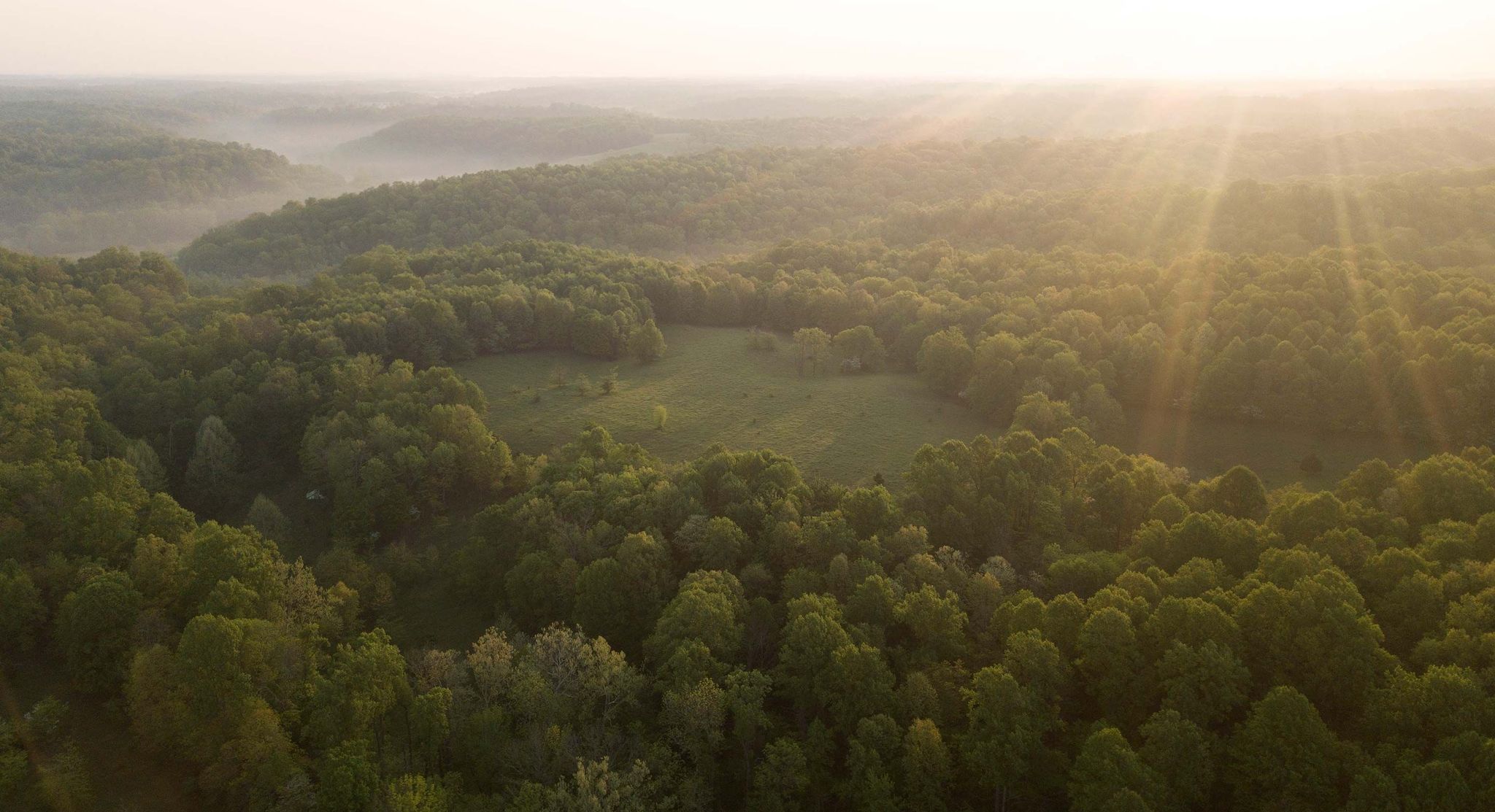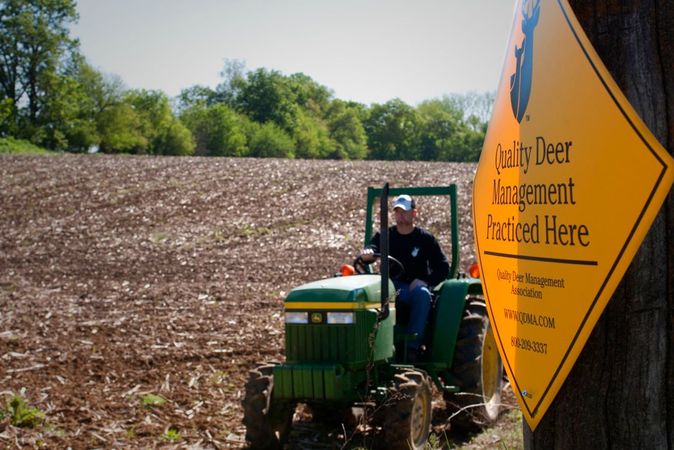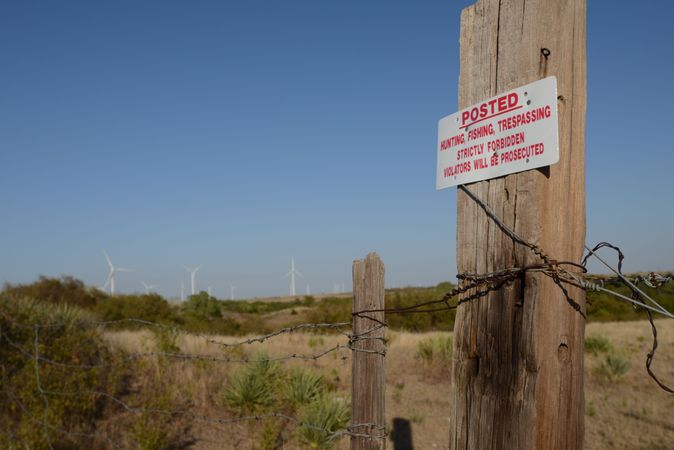Everyone always likes to ask, “What’s the best food plot to plant?” It’s a question that is nearly impossible to answer. There are so many variables when it comes to selecting the right food plot for deer. Location, time of year and the quality of soil on your hunting land are just a few considerations to take into account. Perhaps the best answer is to plant a variety and as much as you can.
Deer are picky eaters. They will change their pattern according to the hottest food source around in a heartbeat. While this may make it hard to keep deer on your property year round, a deer’s choosy appetite can help you decide where to hunt. If there is a large acorn drop and deer left the fields, you can bet they will be munching on those acorns. If it’s the dead of winter and your neighbor has some standing corn or beans remaining or a patch of winter wheat, odds are that’s where the deer will be feeding.
Even if you have limited resources, acres or manpower to dedicate towards food plots, plant a variety. Whitetail Institute’s Imperial Whitetail Clover is probably the closest thing to a year round food source. Still, it’s wise to hedge your bets and plant it with some winter wheat so there’s an alternative if the clover becomes a little less palatable in the winter. Or, if you only have a small area to plant a food plot, plant sections of clover, brassicas and cereal grains. Your goal is to plant a buffet to provide the herd with a food source any time of year. Break out your property maps, soil sample results, a pen and paper and answer the following questions:
1. What time of year do I want this food plot to attract deer?
Select your blend or seed based on when the plant will be most palatable. The time of year will also determine site:
2. What dominant direction will the wind be coming from that time of year and where will deer be bedding?
Choose areas you and the deer can access easily. You want to make sure you can get to and from the plot without bumping deer, and deer can get there from key bedding areas without using a lot of energy.
3. Is it a sanctuary or hunting plot?
There can be a lot of crossover in these categories. Of course any food plot will provide some nutritional value, and a huge standing cornfield can be a sanctuary, but makes it tough for early-season bowhunters to get a shot at a buck holed up in the corn. If it’s a hunting plot, design it so you will see deer and get a shot opportunity. Smaller kill plots made up of small patches of standing corn deer can’t hide in, close to larger agriculture fields they visit at night, may give you an opportunity to crush a giant that stages there during legal shooting hours. Knowing your goals for the food plot – whether you need it to be a nutrition source that will keep the herd on your property and a place deer can feed unpressured, or a hunting area – will help determine the location and design.
If you really want to improve your hunting land with food plots, you need a strategy for what, where and when, a variety of food and dedication to tend to the plots. It’s worth it. There are few things more satisfying than growing big buck and harvesting them over a food plot you planted.
#FoodPlotWeek
Mark your calendars for #FoodPlotWeek (Aug. 4 - Aug. 8)! We're going in-depth, sharing everything we know about food plots. We'll have daily blogs and videos on why, when, how and where to plant a food plot. Our land specialists will be standing by on Twitter (@WhitetailPropTV) and Instagram (@WhitetailProperties) to answer your questions. Join the conversation and ask questions using the hashtag, #FoodPlotWeek. It's a crash course on making food plots work for you and your Whitetail Dreams. So tell your friends, bookmark our site and connect with us on social media because we want to make sure you have healthy, lush food plots on your property this fall.







